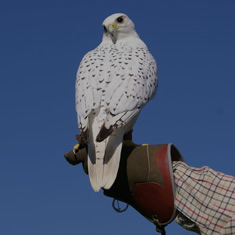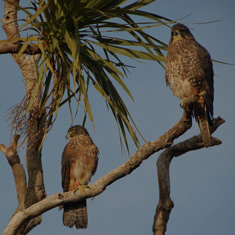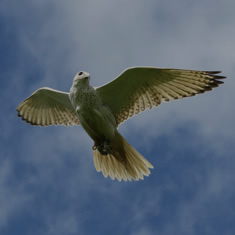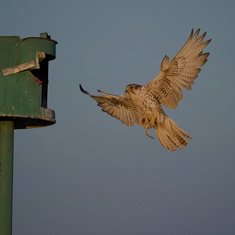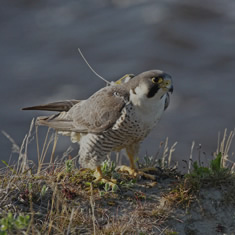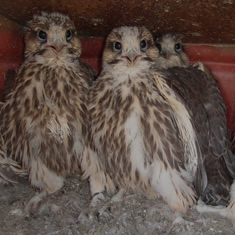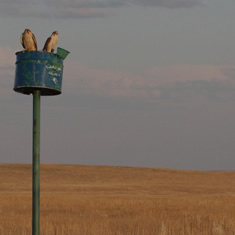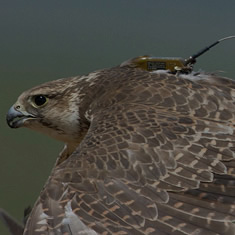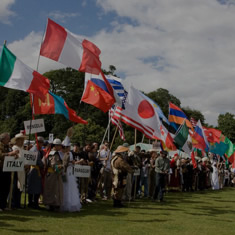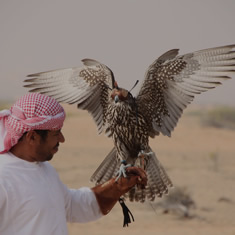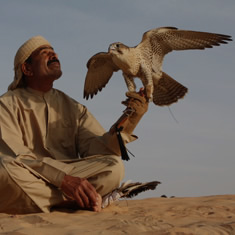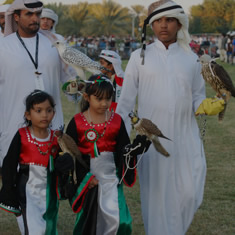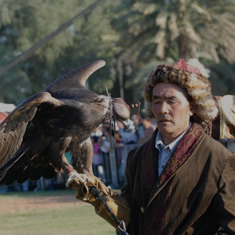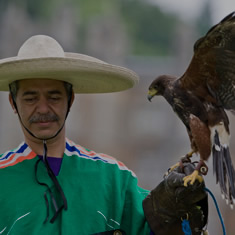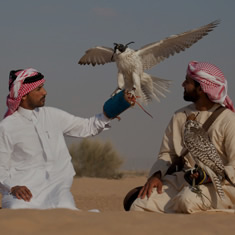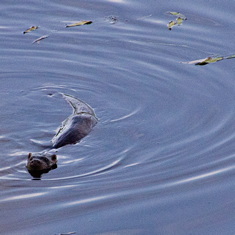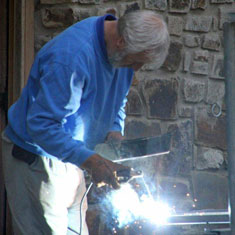- Habitat Restoration
Over the past 23 years we have taken about 22% (61 acres) out of agriculture and used it to plant broadleaved and mixed woodlands, to protect wetland areas, streamside corridors and build ponds. We also have 8 km or more of hedgerows and have planted about 2km of new hedgerows. We use hawthorn as a base plant with a mixture of shrubby species such as hazel, field maple, wild rose, rowan and so on, some extras for their fruits, such as elder and crab apple, and wild cherry, and a few trees such as ash, oak and beech to become standards.
When planting woodlands on grass fields, the first thing you realise is that maybe only 0.01% of the species in woodland are in fact trees! Sticking in a few trees does not make a wood! Actually there are hundreds of species of shrubs, smaller plants, annuals, perrenials, and invertebrates that go into making a mature woodland. Most of these species (despite what the catalogues will tell you) are very hard to get going from bought-in wild seeds. The best way is either to get trailer loads, using heavy machinery, of topsoil from existing woods and dump it in little piles all over the place, or to dig bucketfuls by hand and move it using a quad bike. The residual seedbed and soil in these will form a starting point of natural vegetation that can generate as the growing trees start to provide a canopy and a woodland microclimate.
You can grow many of your own trees and shrubs at home from seeds that you have collected yourself and this can be great fun (actually seed collection can get quite compulsive; soon you accumulate pocketsful of them...) They can be grown on in pots then planted out a year or two later. But this is all very labour intensive and only worthwhile on a small scale or when working with non-commercial species.
Habitat restoration can be one of the most rewarding things to do, and provides a fascinating insight into how habitats change and flourish. Gradually you will establish the lower levels of your Eltonian Pyramid, the grasses and invertebrates. Slowly you will get your next trophic levels established - field-mice and small passerine birds. Finally you scale the dizzy heights and get some top predators - a nest of Sparrowhawks or Kites, or an Otter or two. We filmed our Sparrowhawks nesting this year, while an Otter took a Herring Gull from underneath while it swam on the lake...............

